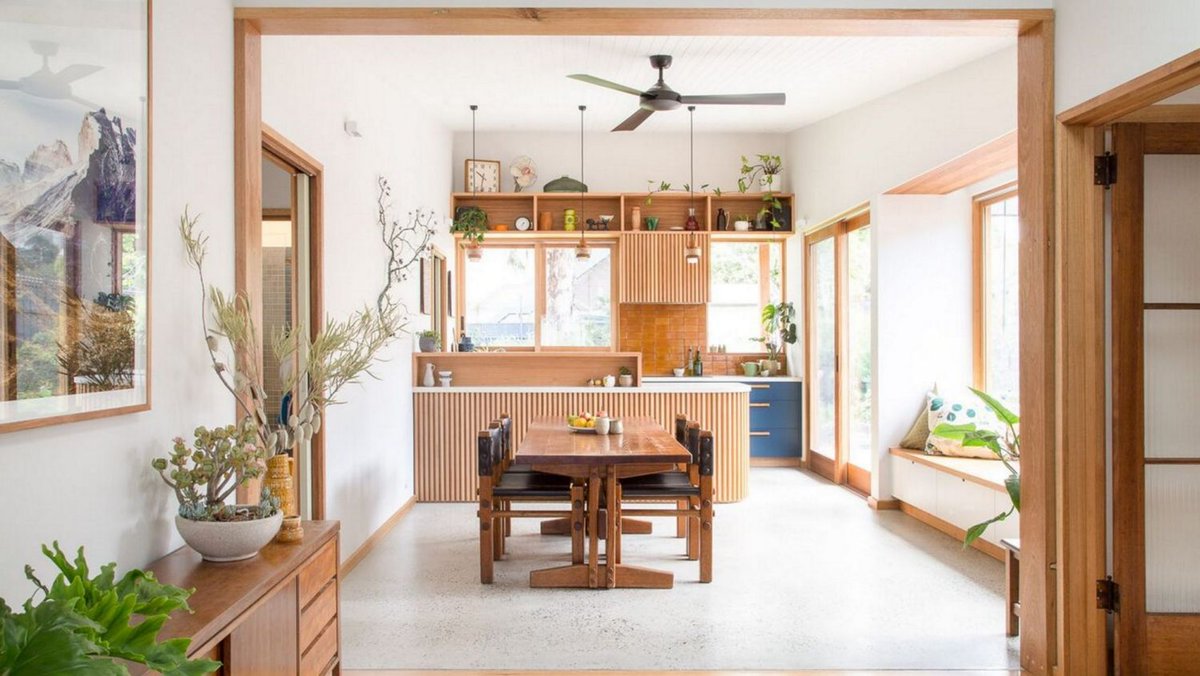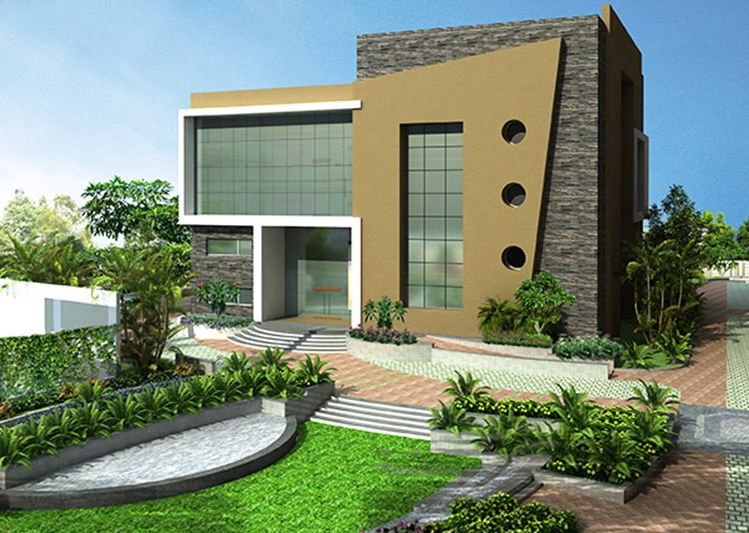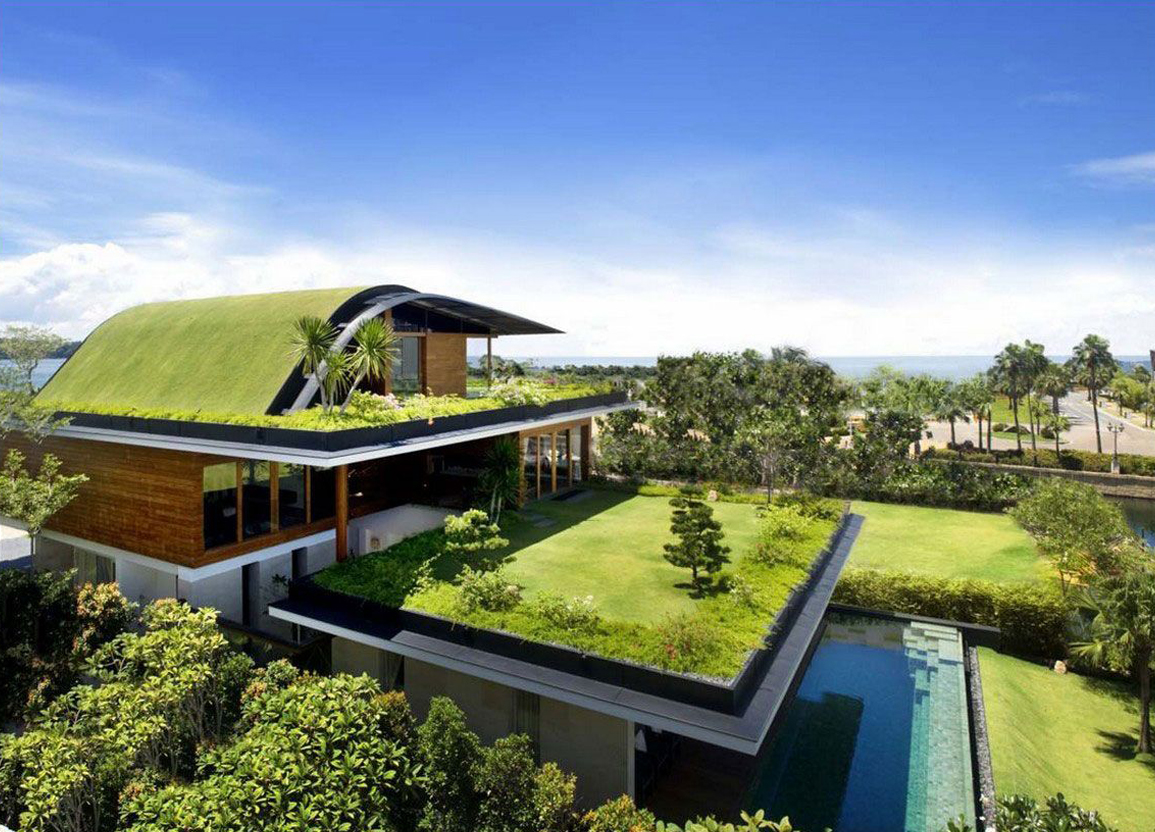Unlike in the past, when going green in private homes was a luxury, building an eco-friendly home is a priority that every homeowner cannot afford to ignore. The environment is changing extremely fast, necessitating great awareness from every living thing in the world. As humans, we must start thinking about saving the environment and the world as a whole. That is why we are here to help you go green within your home.
Case Study: The Rise Of Eco-Friendly Homes
If a 2017 study by Dodge Data & Analytics is anything to go by, about a third of all homeowners in America favor building green homes. A different research finding supports this impressive statistic by the National Association of Home Builders that indicates that more than 31 percent of all new home builders will be going green within the next couple of years.
When purchasing your home today, therefore, you will need to focus on its eco-friendliness before paying for it. Otherwise, you will be left behind by other homeowners. And is going green an expensive thing to do? Not really. Reliable data from a National Association of Home Builders survey shows that building a green custom home is only about 5-10 percent more than traditional buildings. With this understanding, how can you make your home eco-friendly?
5 Proven Ways of Making Your Home Eco-Friendly
Insulate Your Home With A Living Room
A living or green roof is designed to hold plants that can securely grow on a house, small green plants to be precise. Soil is secured safely so that it can hold rainwater and support the growth of these green plans. The roof also traps or reflects UV rays, preventing them from gaining access to your living spaces.
In most developed countries, green roofs are used in commercial properties. But this trend is changing gradually as private residential homes continue to go green. Although it is expensive to install this roof, it will save you big in cooling energy and, at the same time, help you conserve the environment around you.
East Facing Homes
While building your home will be beneficial if you consider its orientation and how you can leverage natural sunlight. In most cases, a house that is facing the East maximizes heat exposure during the morning hours. That eliminates the need for artificial light and heat during the most critical hours of the day.
If you are buying your home, on the other hand, you must assess the environmental friendliness of its location. If the house is in an earthquake or flood-prone area, by all means, avoid paying for it.
Recycle, Renew, And Reuse
Those used rubber tires can make as swinging chairs in the garden. Those used plastic bottles can be reused to store clean, boiled water for drinking. The copper pipe you want to throw away can be useful in the barn. The critical point is that if something can be of value elsewhere, don’t throw it away just because its intended initial use has ended.
Throwing away used items leads to unnecessary littering, not mentioning how much toxin substances you bring home whenever you buy a new plastic bag or plumbing items. You will get rid of these toxins by recycling and reusing old stuff.
Think Water Conservation
Freshwater is essential for both your family and your animals. Please think of how to harvest rainwater maximally and then use it to irrigate your gardens and maintain landscapes. That also prevents water run-off in your compound. When shopping for heating appliances, chose the ones with the least water wastages and least power consumption. That helps in conserving water and lowering your power bills. Are you unsure of the appliances to buy? Find the ones with the ENERGY STAR label on them.
Your Home Doesn’t Have To Be Excessively Big
If you can manage with a smaller house, why build a big one? Building a house that needs lesser heating and cooling saves electricity energy significantly. If you don’t need an electronic, don’t buy it to consume your budget and take up unnecessary space. Remember that a full home translates to poor air circulation and poor air quality.











The sun is the number one free resource we have at our disposal when building an eco-friendly home. Of course, this can mean installing solar panels for alternative energy purposes, but it can also mean using passive home designs. Learn more at https://www.morgantaylorhomes.com/our-communities/durango-co/
I’d love to own a home that focuses on recycling and reusing as many things as possible, so reading that there is a specific way to build one is interesting. I’ve been working all my life to invest in an eco-home, and these ideas might be just the ones I need to follow. I’ll consult a custom house builder about this so they know what I’m looking for.
https://www.js2partners.com/